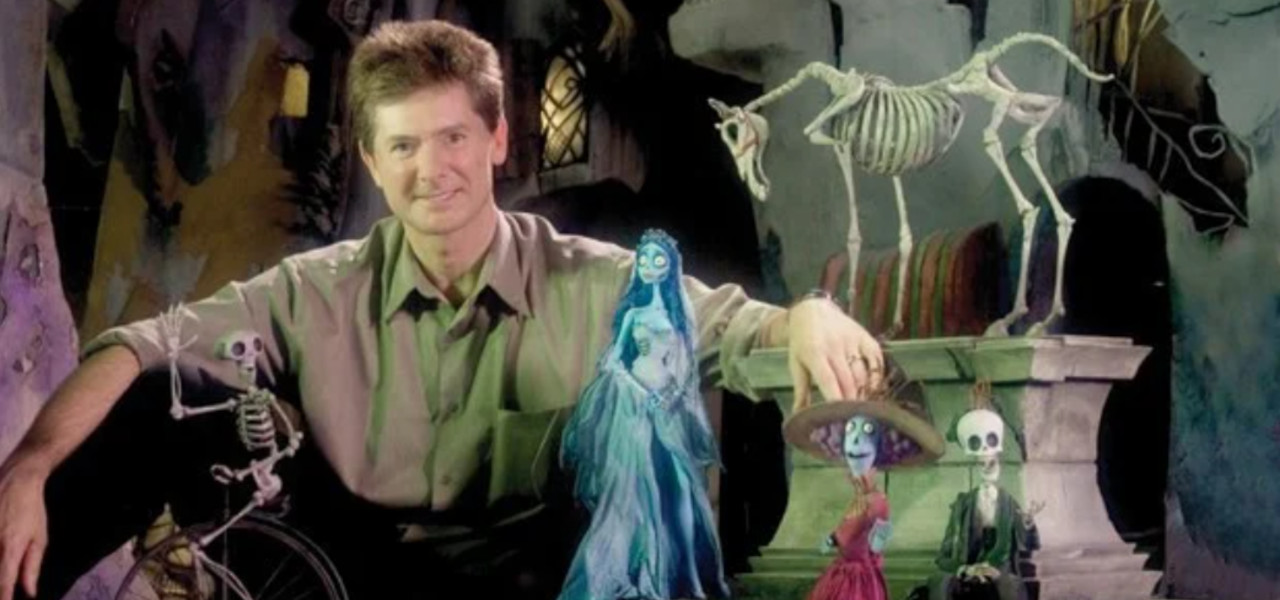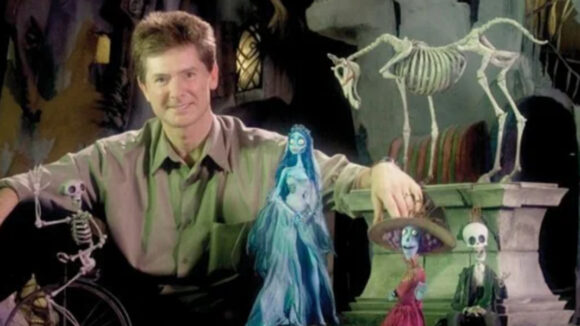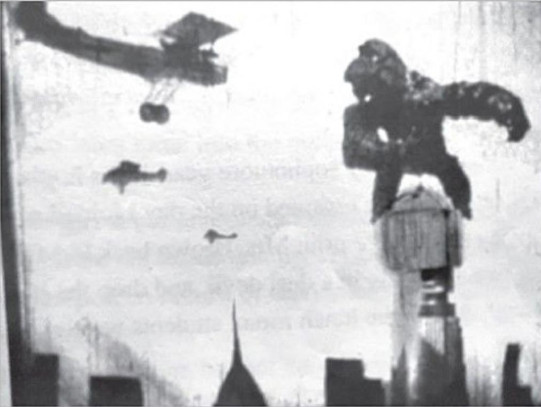

Pete Kozachik, ‘The Nightmare Before Christmas,’ ‘Coraline’ Director Of Photography, Dies At 72
Pete Kozachik, longtime Henry Selick collaborator and director of photography on films including The Nightmare Before Christmas, Coraline, and James and the Giant Peach, died on September 12 at his Bay Area home after a years-long battle with primary progressive aphasia. He was 72.
As a child growing up in Michigan in the late 1950s and early 1960s, Kozachik was mesmerized by what he saw on the big screen in films such as King Kong and The 7th Voyage of Sinbad. His mother worried that the effects in the films might be too frightening for her son and suggested that perhaps the monsters weren’t real but just robots wearing costumes.
For a time he believed the theory, but learned that wasn’t the case in third grade after finding the magazine Famous Monsters of Filmland at a newsstand. In the magazine, he discovered that movies were created by ordinary people whose job was making the images he saw on screen. Those were the kinds of jobs that Kozachik could imagine himself doing one day. In his 2020 autobiography Tales from the Pumpkin King’s Cameraman, written with his wife, Katy Moore-Kozachik, he recalled first learning about his career idol Ray Harryhausen:
The smiling man, who was named Ray Harryhausen, had somehow made these creatures himself. And, somehow, he had made them perform as well. One guy had done the whole job, not a factory full of army men.
The passage is followed by an entire chapter dedicated to Harryhausen’s influence on a young Kozachik. Using a black-and-white 8mm camera he purchased with funds raised by delivering the Detroit Free Press, he started making his own practical effects-heavy films. One of his earliest projects was an adaptation of King Kong he put together for an English class project, seen in the still below.

Around the time he started high school, Kozachik’s family relocated from the Midwest to Tucson, Arizona. Upon arriving in the new city, he showed his homemade films to anyone interested. The exposure got him odd jobs at local tv stations, mostly doing work for commercial filmmakers.
After graduating from the University of Arizona, he worked on commercials and industrial productions in the area for several years. He used footage from those projects to create a reel he took to Hollywood in the 1970s.
In L.A., he worked for stop-motion animation veterans Gene Warren and Phil Kellison, who taught him a great deal about art form. In an interview with The Advanced Art of Stop-Motion Animation, Kozachik recalled:
Phil was a director at Coast Special Effects and became one of my early mentors in the craft. I ended up working there for several years, and it was such a valuable learning experience. I had it in mind to watch the animators work, but stop-motion animators are actually not that interesting to watch because they move very slowly, and it’s all just going on in their heads. But I remember one of my first nights there, cleaning up after someone’s shoot and opening up a drawer with a row of Pillsbury Dough Boy heads. I was so totally transfixed by that because these heads seemed too precious to even look at, and I’ve never really lost that fascination.
During his time at Coast Special Effects, Kozachik improved as a cameraman, a role he continued to fill on films throughout his career. After several years at the commercial studio, he applied and was hired as a cameraman at Industrial Light & Magic, where he began working in feature filmmaking.
At ILM, his career quickly took off, and he was constantly busy working on films such as Howard the Duck, Innerspace, Willow, and Hudson Hawk.
In 1991, he had his first collaboration with Henry Selick on the short Slow Bob in the Lower Dimensions. That relationship paid dividends over the years, with Kozachik eventually working as director of photography on Selick’s The Nightmare Before Christmas and earning a vfx Oscar nomination with the rest of the film’s effects crew, including Eric Leighton, Ariel Velasco-Shaw, and Gordon Baker.
After that, Kozachik became the go-to DoP for spooky stop-motion, filling the role on Selick’s James and the Giant Peach and Coraline and Tim Burton and Mike Johnson’s Corpse Bride.
In Kozachik’s autobiography, Tim Burton said of him:
It takes an unusual person to work in stop motion; imagination, patience, technical ability, and a strong artistic vision. Pete has all of these qualities, and I had the pleasure of working with him on many films. Watching him work was like seeing a giant hovering over a quiet village or a mad scientist in his laboratory, bringing inanimate objects to life; finding ways, both high-tech and low-tech, to solve problems; and delicately, tactically bringing the beautiful miniature sets to life. Pete’s unique style gives you an insight into the special world and the weirdness, excitement, depression, humor, anger, loneliness, and creativity of it all.
Speaking with The Hollywood Reporter, Kozachik’s wife said he died peacefully in hospice care in his Northern California home of aphasia-related complications.
Aphasia is a language disorder caused by damage in a specific area of the brain that controls language expression and comprehension. Aphasia leaves a person unable to communicate effectively with others. The music video “It’s Still Me!” is taken from a 17-minute animated guide for people with aphasia and their loved ones to learn to communicate more effectively. The video was produced by Buzzco Associates.
Pete Kozachik with characters from Corpse Bride, taken from his personal archive.

.png)